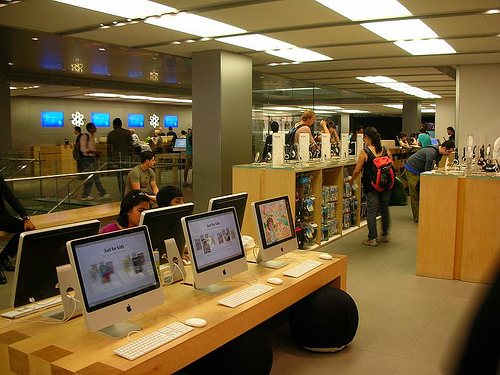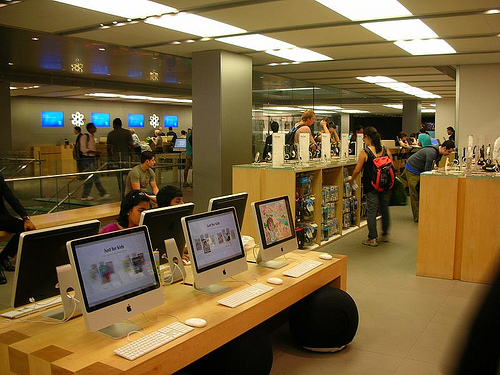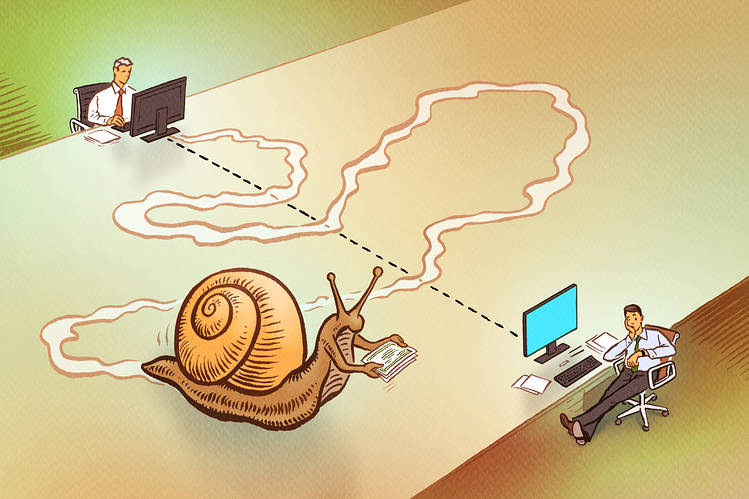People Over 50 Carrying More Debt
Older Americans are burdened with unprecedented debt loads as more and more baby boomers enter what are meant to be their retirement years owing far more on their houses, cars and even college loans than previous generations.
The average 65-year-old borrower has 47% more mortgage loans and 29% more auto loans than 65-year-olds had in 2003, after adjusting for inflation.
Just over a decade ago, student debt was unheard-of among 65-year-olds. Today it is a growing category, though it remains smaller for them than autos, credit cards and mortgages. On top of that, there are far more people in this age group than a decade ago.
The result: The composition of U.S. household debt is vastly different than it was before the financial crisis, when many younger households took on large debts they could no longer afford when the bottom fell out of the economy.
Older borrowers historically have been less likely to default on loans and typically have been successful at shrinking their balances. But greater borrowing among this age group could become alarming if evidence mounted that large numbers of people were entering retirement with debts they couldn’t manage. So far, that doesn’t appear to be the case. Most of the households with debt also have higher credit scores and more assets than in the past.
Source: People Over 50 Carrying More Debt Than in the Past – WSJ
Why Apple ($AAPL) shares are ripe for picking

Anyone considering an investment in Apple [stckqut]AAPL[/stckqut] stock faces a challenge. The company is huge, its shares are volatile, and its moves are widely followed on Wall Street.
Yet still, this is a good time to buy shares of Apple.
In fact, you may already have a stake in the tech titan if you own a S&P 500 index fund. As a market-cap weighted index, the S&P’s largest position is Apple, with a market value of around $550 billion that is worth more than the 90 smallest S&P 500 components combined.
And for those who are bullish on this stock, it appears that once again, Apple has found a short-term bottom. The chartists have been pleased with the stock’s recent performance, the Wall Street analysts have issued upgrades. Beyond that, here’s what’s working in favor of Apple:
- Bargain valuation
- Dividend and dividend-growth
- Buffett’s billion-dollar bet
- No news isn’t bad news
- Software innovation, not hardware innovation
- Value is hot, growth is not
Objectively, those who shorted Apple or bought puts on the stock a few months ago made smart moves. But that doesn’t mean that long-term or even medium-term investors should consider the stock perpetual fodder for the bears. Indeed, if you’re investing for tax-efficient capital gains and long-term dividend growth potential, enjoy your Apple.
Why Wait Three Days to Get Your Cash After You Trade?
By the time you finish reading this sentence, an electronic high-frequency trader can send out thousands of buy or sell orders. Why, then, does it take up to three days — and occasionally far longer — for investors to receive cash when they sell and securities when they buy?
Under Securities and Exchange Commission rules, stock trades must “settle” — with the buyer delivering cash and the seller handing over the securities — no later than three business days afterward. By September 2017, they should settle within two days after the trade. Fortunately, in the meantime, you don’t have to settle for snail-like delivery.
Until 1892, messenger boys used to scramble through the streets of lower Manhattan lugging sacks of gold, bank checks and stock and bond certificates. When the settlement time of 2:15 p.m. approached, pedestrians risked life and limb as swarms of delivery boys plowed their way toward the cashier windows at the biggest banks. Without a single computer or cellphone, thousands of stock and bond trades regularly settled one day after they were made.
Overnight settlement was standard practice until the 1930s, says Bernard McSherry, interim dean of the NJCU School of Business in Jersey City, N.J., who worked as a broker on the floor of the New York Stock Exchange for four decades through 2005. The settlement period lengthened to two days in 1938 and three in 1946. Then, in 1968, with average daily volume swelling above 10 million shares and Wall Street drowning in paperwork, trades began settling on a five-day lag — where the limit stayed until the SEC lowered it to three days in 1995.
Still, the U.S. stock market trades fast, but settles slowly. Many European stock markets have already moved to two-day settlement. Stock options have long settled one day after the trade, and China’s stock markets require same-day settlement.
Progress has been slow primarily because of inertia and the intrinsic complexity of a system that handles billions of trades and trillions of dollars a day.
Source: Why Wait Three Days to Get Your Cash After You Trade? – MoneyBeat – WSJ



